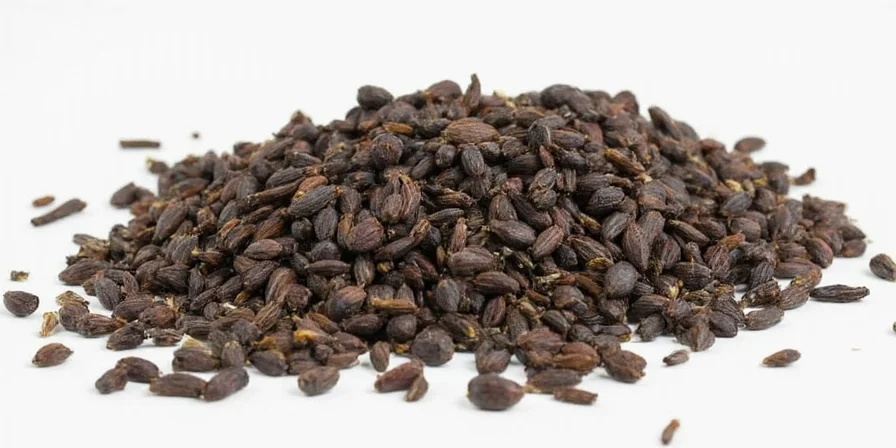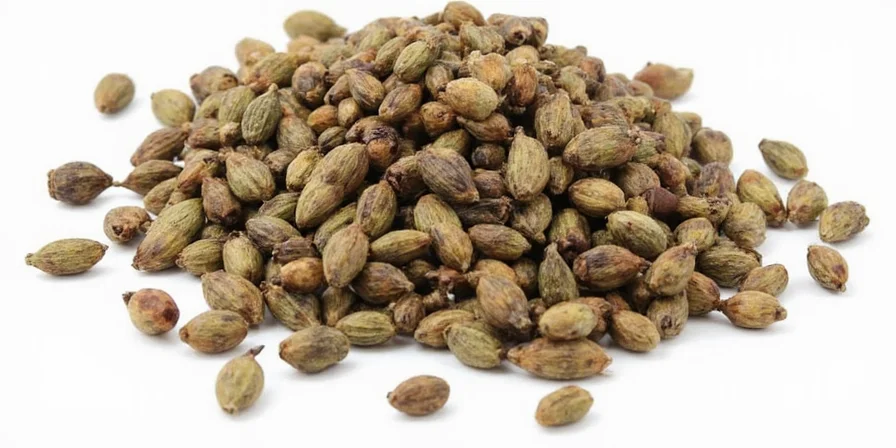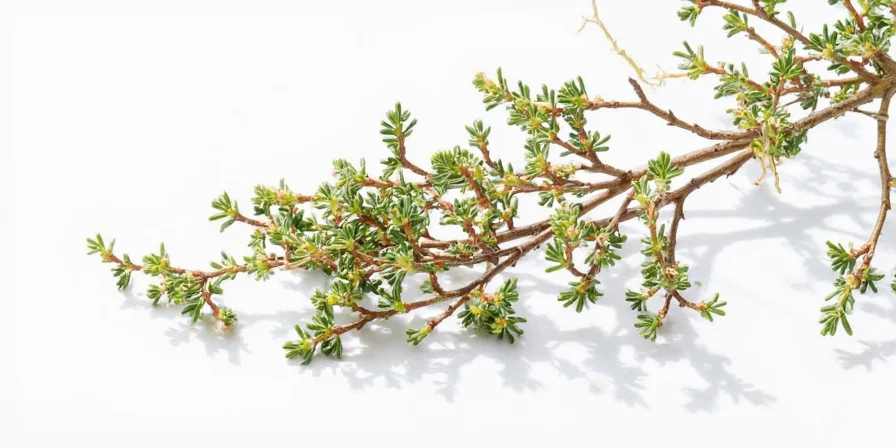What Are Juniper Berries Used For? Direct Answers First
Juniper berries (actually modified cones, not true berries) are primarily used for: 1) Flavoring gin (essential for London Dry style), 2) Enhancing game meats like venison by reducing gaminess, 3) Adding pine-citrus notes to stews and brines. Most critical usage tip: Never exceed 3 berries per serving - overuse creates turpentine-like bitterness. Only use fully ripened dark blue-black berries, as unripe green ones contain toxic compounds.

Photo by @unsplash
Juniper Berries Explained: What You Need to Know Immediately
Juniperus communis produces the only edible species widely used in cooking. These 'berries' are actually gymnosperm cones that take 2-3 years to fully ripen to their dark blue-black color. Alpine varieties yield stronger pine notes while coastal versions have citrus undertones - crucial information when selecting for recipes.
| Usage Threshold | Flavor Profile | Safety Information |
|---|---|---|
| 0.5g per pound of meat | Pine-citrus with earthy undertones | Only dark blue-black berries are safe |
| 3 crushed berries per cup of brine | Varieties differ by region | Avoid for pregnant women & kidney conditions |
How to Use Juniper Berries Properly (Step-by-Step)
Most home cooks make critical mistakes with juniper. Here's how to use them correctly:
- Crushing technique: Use a meat mallet on cutting board (not mortar) for controlled oil release
- Timing matters: Add whole berries at beginning of stews; crushed berries in last 15 minutes
- Dosing precision: Never exceed 3 berries per serving - start with 2 and adjust
- Vinegar infusion: Steep in warm vinegar for faster extraction (ideal for pickling)
- Storage secret: Keep in amber glass containers away from light at -18°C

Photo by @unsplash
Juniper Berry Substitutes When You Don't Have Any
Running out of juniper? These authentic alternatives work for specific applications:
| If You Need For | Best Substitute | Ratio & Notes |
|---|---|---|
| Gin flavoring | Fir needle extract | 1:1 ratio; add citrus zest |
| Game meat preparation | Rosemary + black pepper | 1 tsp rosemary + 1/4 tsp pepper per berry |
| Stew depth | Douglas fir tips | Use half the amount; add early |
| Pickling spice | Caraway seeds | 1:2 ratio (juniper:caraway) |
Why Does My Juniper Dish Taste Like Pine Cleaner? (And How to Fix It)
This common problem has three solutions:
- Overextraction: Simmer whole berries no longer than 20 minutes
- Improper crushing: Crush berries immediately before use (volatile oils degrade quickly)
- Wrong variety: Alpine juniper has stronger pine notes - try coastal varieties for citrus balance
Pro tip: Always remove whole berries before serving - leaving them creates biting hazards and continues flavor extraction.

Photo by @unsplash
Global Juniper Berry Uses Beyond Gin and Game Meat
Most guides miss these authentic applications from around the world:
- Nepalese cuisine: Combined with timur pepper in Himalayan meat dishes
- Scandinavian tradition: Added to smoking chips for fish preservation
- Mongolian dairy: Tiny amounts flavor fermented mare's milk (airag)
- Native American practice: Used medicinally in pemmican (not culinary)
Juniper Berries Safety Guide: What Most Sites Get Wrong
Clearing up dangerous misinformation:
- Myth: All juniper berries are edible Truth: Only Juniperus communis is culinary-safe; red-berried species (Juniperus oxycedrus) contain neurotoxins
- Myth: Juniper berries boost immunity Truth: Limited evidence for antimicrobial properties; no proven immune benefits
- Myth: Safe for daily consumption Truth: Kidney irritation possible with regular use; limit to culinary amounts
- Critical warning: Never give juniper-containing dishes to dogs - essential oils can cause kidney failure

Photo by @unsplash
Juniper Berry Pairing Guide: What Works Best
Strategic flavor combinations that actually work:
| Juniper Berry Application | Perfect Pairings | Why It Works |
|---|---|---|
| Game meat sauces | Crème fraîche + black pepper | Cools intensity while adding depth |
| Vegetable glazes | Maple syrup + smoked paprika | Modern twist balances resinous quality |
| Meat rubs | Fennel pollen + coriander | Amplifies citrus notes with sweetness |
| Bread infusion | Rye flour + caraway seeds | Creates forest-floor complexity |
Frequently Asked Questions (Searched Most Often)
How to Grow and Harvest Juniper Berries at Home
Yes, you can grow juniper berries, but requires patience:
- Plant Juniperus communis in full sun with alkaline soil
- Container growing possible but yields fewer berries
- Requires 3+ years before first harvest
- Harvest only fully blue-black cones (green = toxic)
- Best time to harvest: September-October when berries are fully ripe

Photo by @unsplash
Final Usage Tips for Perfect Results Every Time
Implement these professional techniques immediately:
- Always crush berries just before use - pre-crushed lose 60% flavor in 24 hours
- For gin alternatives: Steep 5 berries in 750ml vodka for 48 hours (not longer)
- When making juniper-infused honey: Use 10 berries per cup of honey, warm gently
- For brines: Crush berries and combine with equal parts black pepper and coriander
- Storage tip: Freeze in vacuum-sealed bags to preserve volatile oils for up to 2 years
Juniper berries transform ordinary dishes when used correctly. Remember the golden rule: respect their potency. Start with less than you think you need, crush strategically, and remove whole berries before serving. This precise approach ensures your dishes capture the authentic forest essence without chemical aftertastes. Now you can confidently use juniper berries like a professional chef.











 浙公网安备
33010002000092号
浙公网安备
33010002000092号 浙B2-20120091-4
浙B2-20120091-4